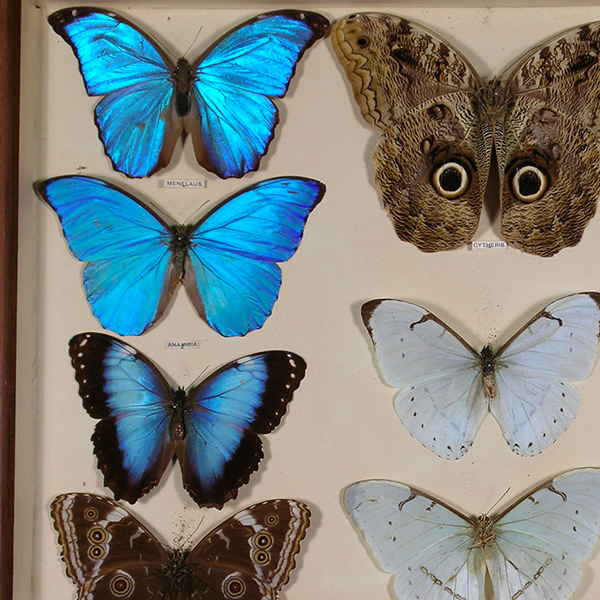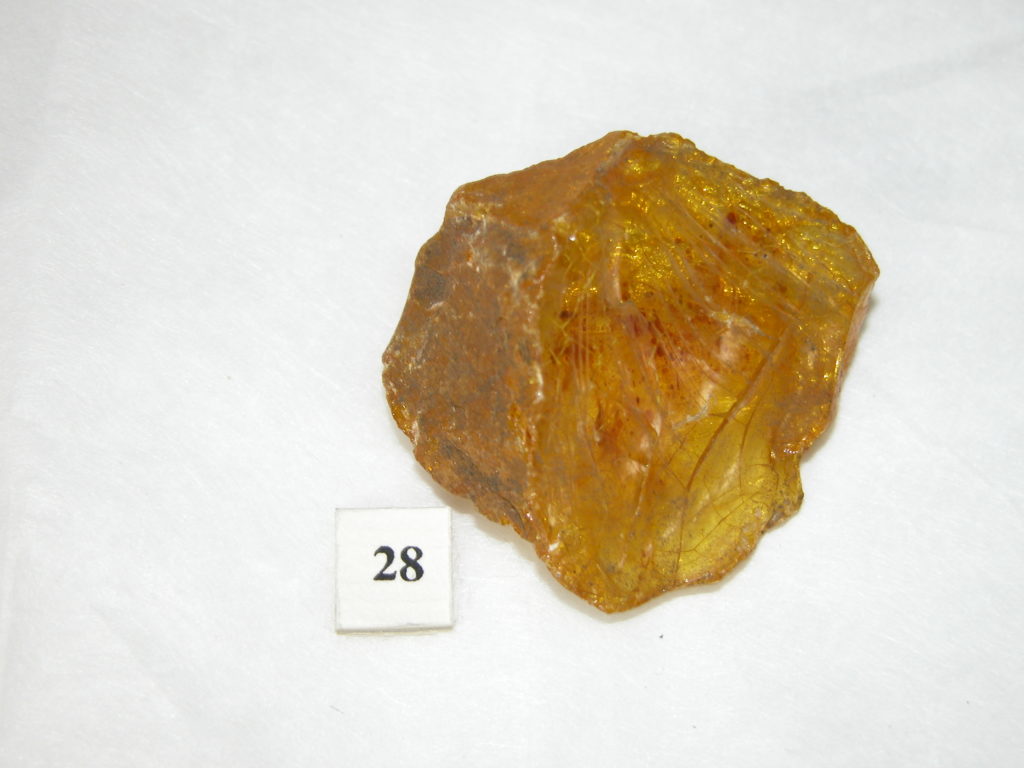
Amber
Amber is fossilized tree sap. Its ability to trap and perfectly preserve insects was made famous by the film Jurassic Park, where dinosaurs were cloned using DNA from the blood of mosquitoes trapped in amber.
Reference: 2008.32, 35, 37, 39, 41
Can be found: Colour and Camouflage

Butterfly with wood mimicry
Butterflies often use mimicry-a kind of camouflage to hide from predators.
Reference: 2000.19.33
Can be found: Colour and Camouflage
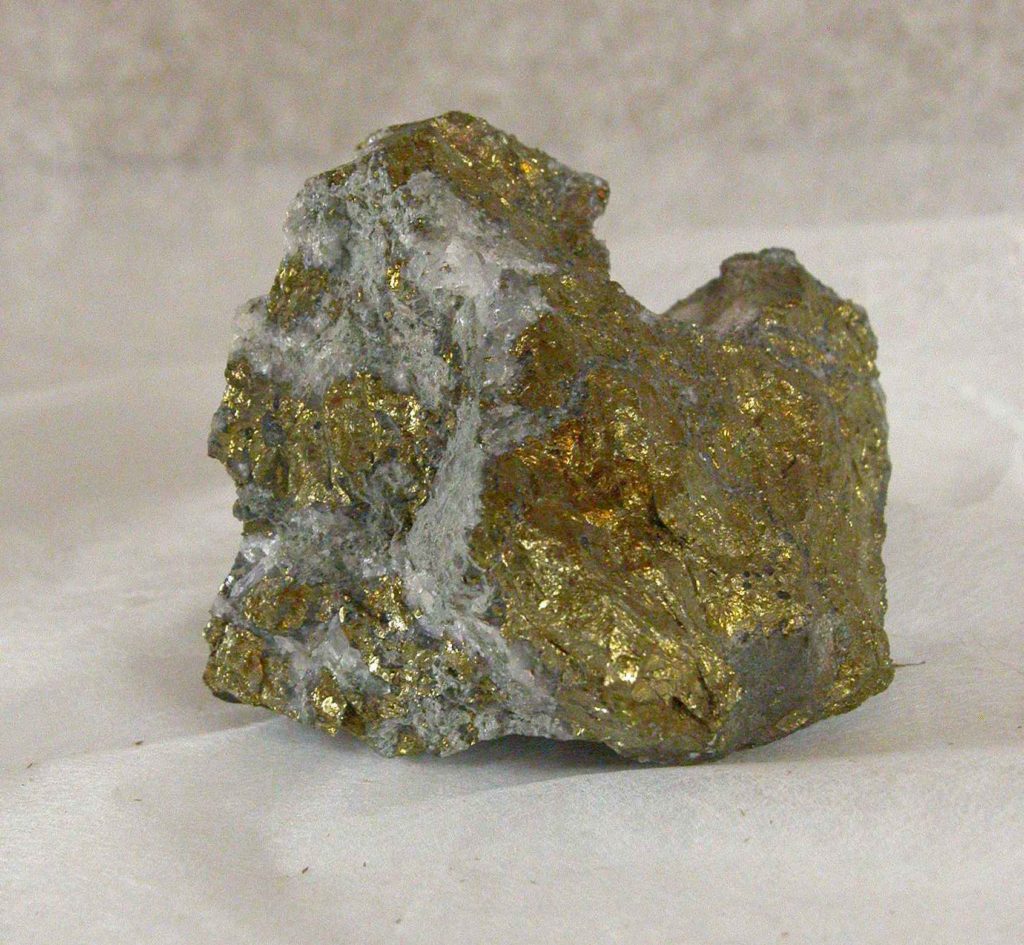
Chalcopyrite
Chalcopyrite is the principal ore of copper. Like Pyrite it has often been mistaken for gold. It is a brassy yellow-coloured metal and occurs in similar contexts to gold.
Reference: QR 41
Can be found: Colour and Camouflage
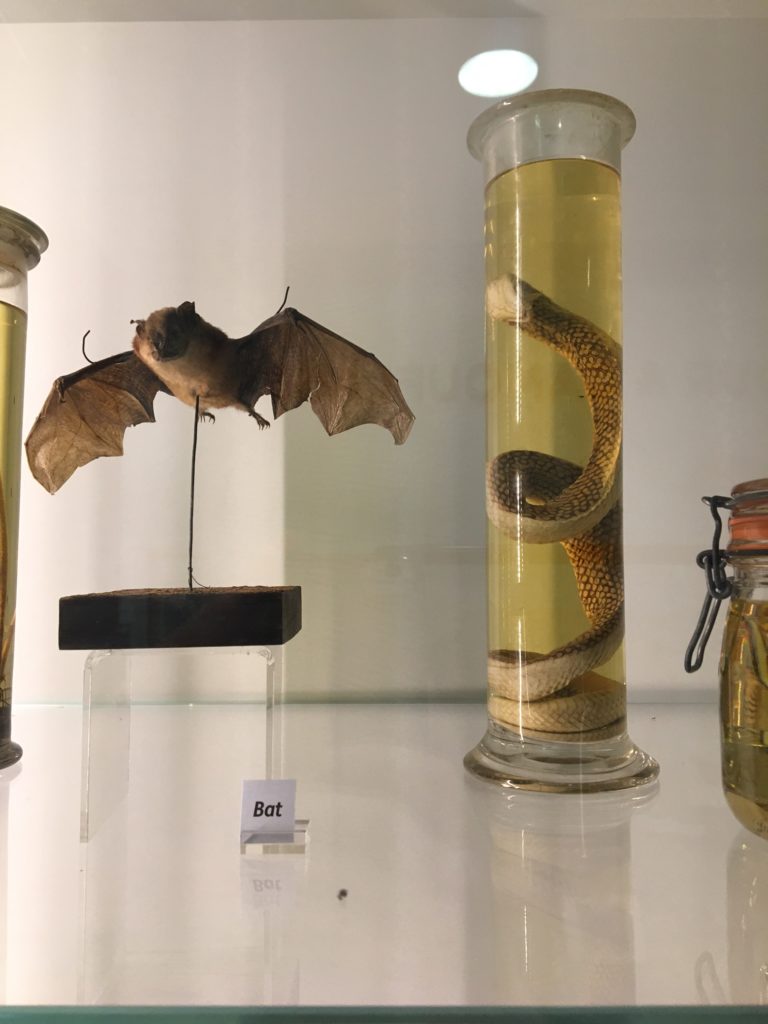
Colubrid snake
(see previous entries of colubrid snake)
Reference: 2000.144
Can be found: Colour and Camouflage
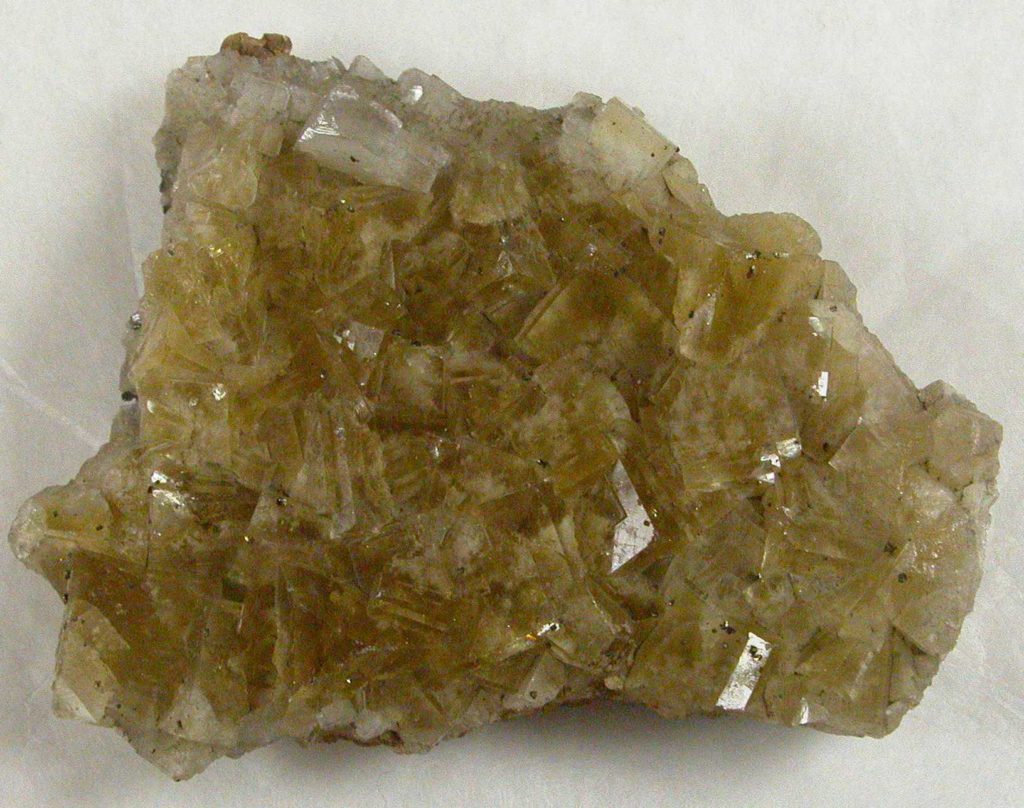
Fluorite
Fluorite occurs in a range of different colours. This example is pale yellow.
Reference: CANCM:nn
Can be found: Colour and Camouflage



Fluorite
Fluorite occurs in a range of different colours. This example is pale yellow
Reference: CANCM:nn
Can be found: Colour and Camouflage
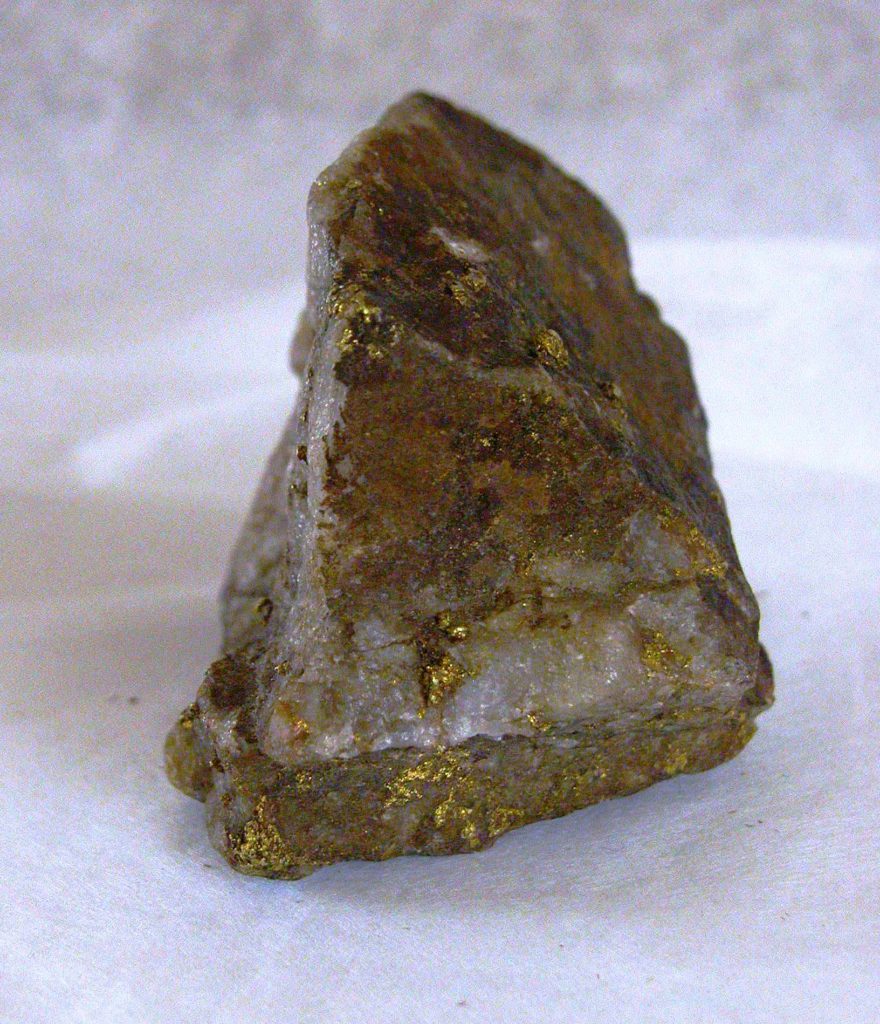

Gold from the Klondyke
Gold is one of the most sought-after metals, not only for its beauty but also for its usefulness in the production of many things, including computers. In fact there is a very small amount of gold in your mobile phone! Gold is chemically very inert, so does not corrode like other metals and remains in the same state for countless millennia. There are examples of gold jewellery nearby in the Explorers and Collectors room.
Reference: 1979.34.2
Can be found: Colour and Camouflage
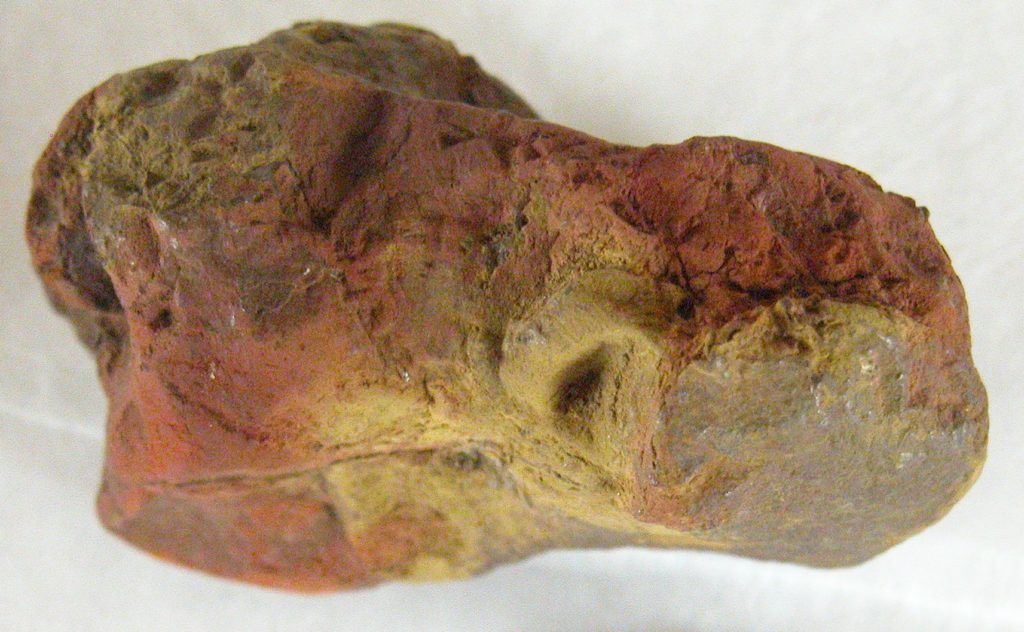

Red Ochre
A rock formed by erosion of iron-rich deposits. It has been used since ancient times to the present day, ground up, to make red paint and is sometimes burnt to enhance the red colour.
Reference: K819
Can be found: Colour and Camouflage


Sea sponge – halichondria panicea
It is also known as the breadcrumb sponge because of the way it crumbles when one holds it. It is an invertebrate which varies in colour from dark green to light yellow and is often found in shaded rock openings or under rocky overhangs in the waters of the North Atlantic and Mediterranean Sea.
Reference: CANCM:nn
Can be found: Colour and Camouflage
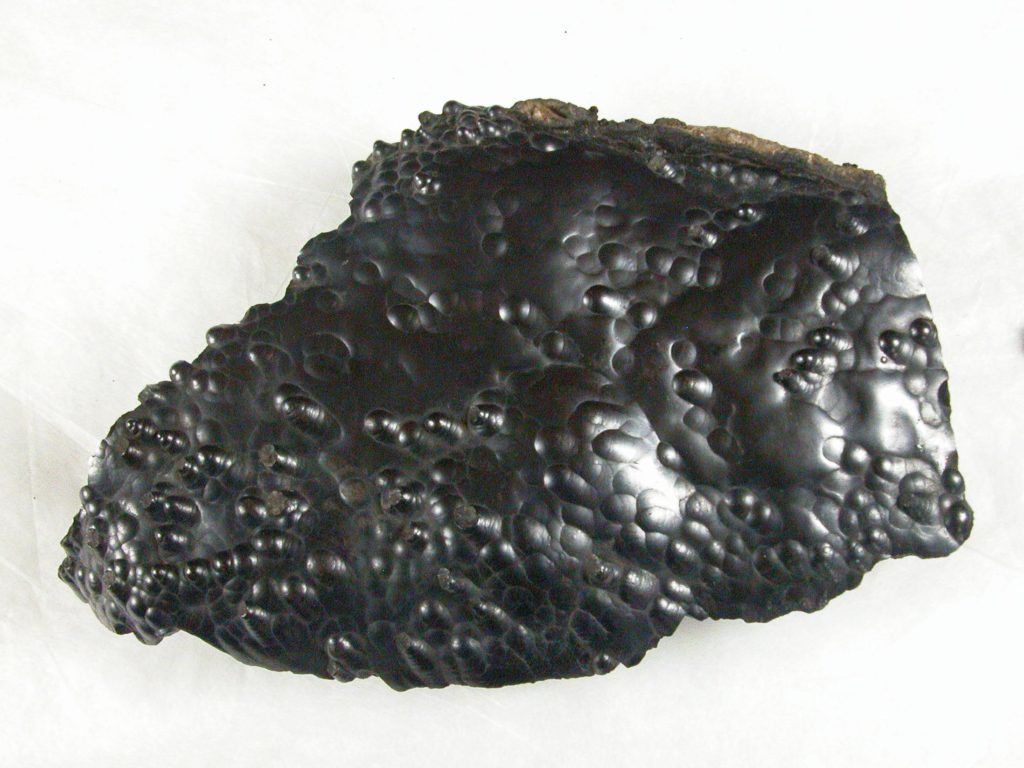

Stalactitic Limonite
An iron hydroxide - it contains oxygen and water.
Reference: Q.0.10
Can be found: Colour and Camouflage
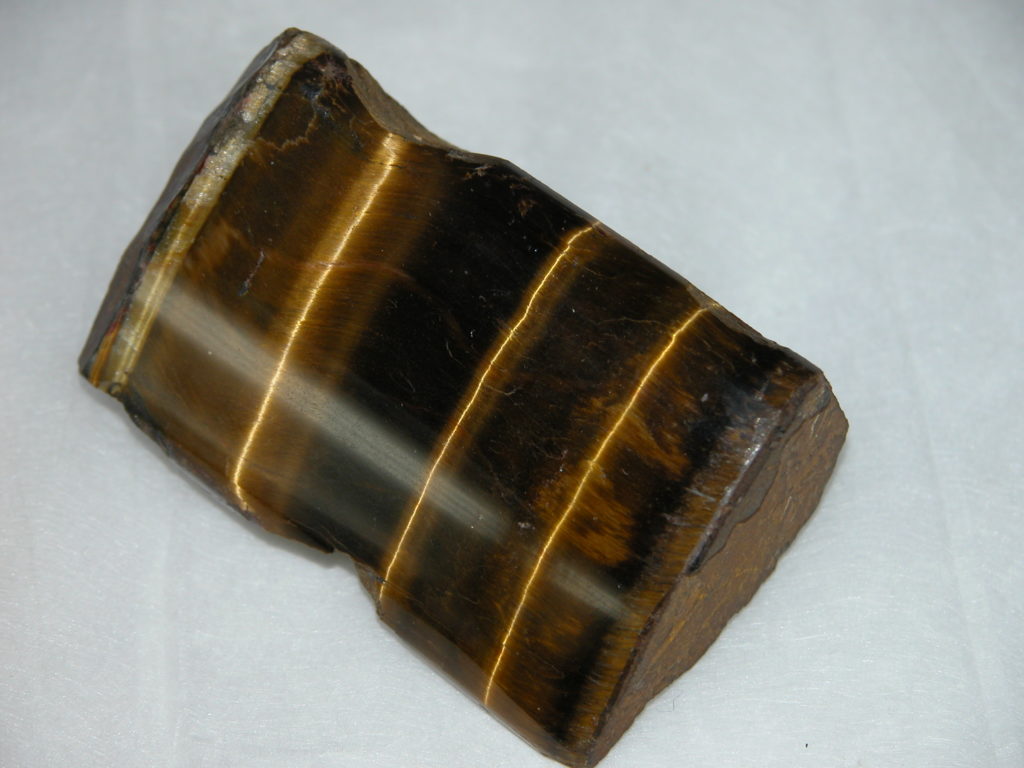

Tiger’s eye
A vibrantly coloured variety of quartz named after its resemblance to the slit eye of a cat. It is formed when blue asbestos (crocidolite) is replaced by silicon dioxide and it gets its colour from oxidation of iron minerals. This sample comes from South Africa.
Reference: 2011.8
Can be found: Colour and Camouflage
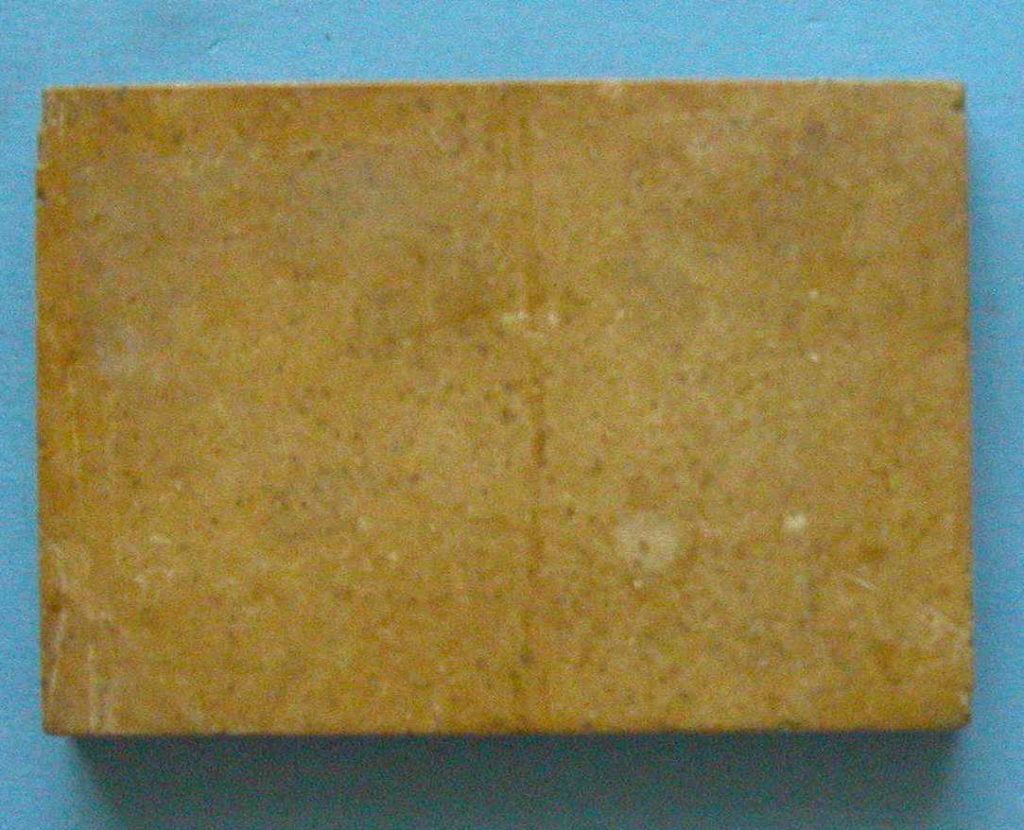

Yellow antique
Reference: 2009.551
Can be found: Colour and Camouflage
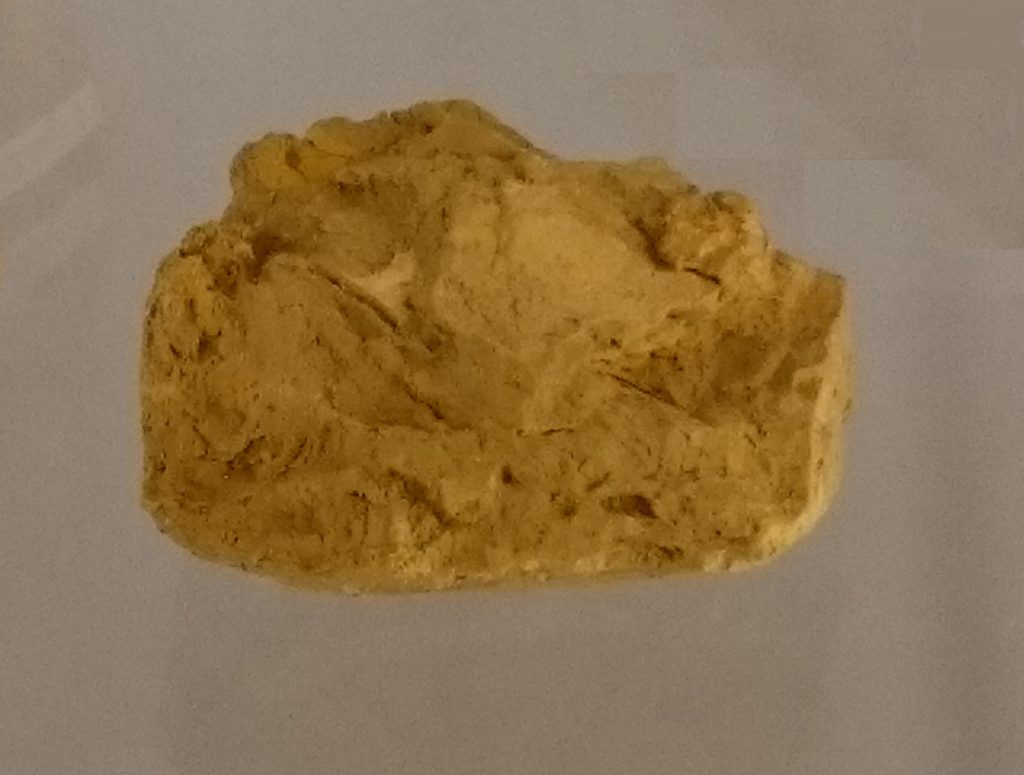

Yellow Ochre
Reference: CANCM:nn
Can be found: Colour and Camouflage

